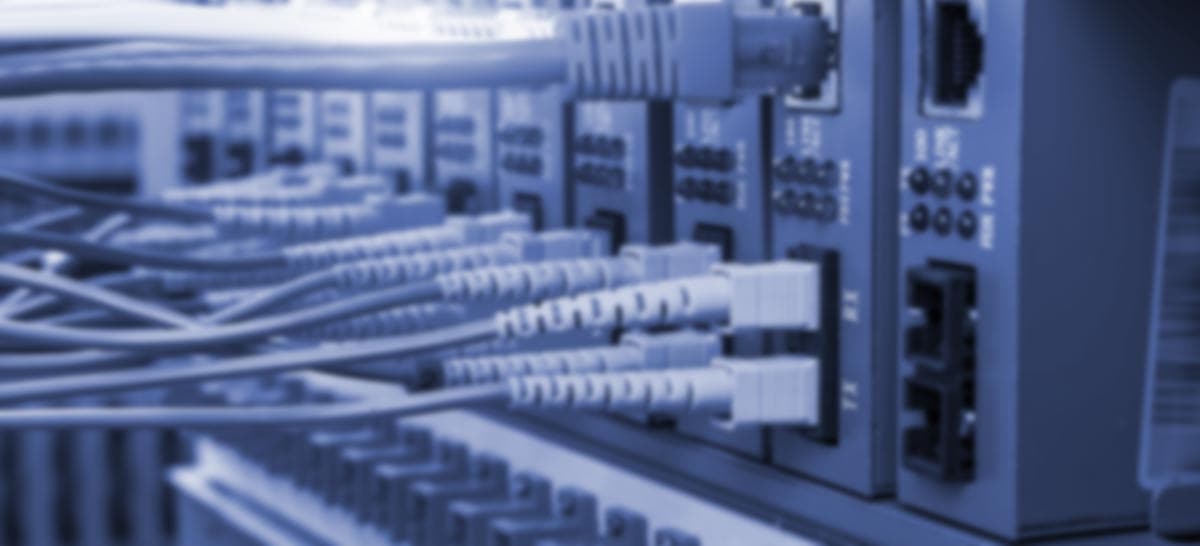3 Action Guide to Picking the Right Disaster Healing Option
Whether it's a ransomware attack, a natural catastrophe, or corruption of a customer's database, you want to make sure that your service's IT system can recuperate. Having a business connection and disaster recovery (BCDR) strategy is essential. There are a huge selection of BCDR services (on-premise, hybrid, or cloud-based), and it's crucial to pick the very best one for your service needs. Here's what you should be looking out for when evaluating your next BCDR option.
Discover the Right Business Continuity/Disaster Recovery Solution in 3 Steps:
1. Examine BCDR and DRaaS Solutions
One of the greatest elements when choosing a BCDR solution is determining whether you'll contract out assistance or handle it internally. If you plan on contracting out help, you'll need to partner with a managed companies (MSP) that excels in continuity and compliance options. Given that numerous BCDR solutions combine cloud, software application, and hardware aspects - you'll require a process to support your virtual assets, regional servers and desktops. BCDR hardware has a number of functions consisting of:
Hosting BCDR software
Sending server images to the cloud for catastrophe healing
Storing local copies of backup server images for regular brings back
Performing as the primary server during a failover, enabling business to continue throughout restoration

BCDR software is utilized to automate and handle backup and healing procedures. After an initial complete server backup, BCDR software takes incremental snapshots to produce "recovery points" or point-in-time server images. Recovery points are utilized to bring back the state of a server or workstation to a specific point in time (prior to it failed or information was damaged).

2. Seek BCDR Cloud Options
The very best BCDR solutions have a cloud backup along with a healing part. This is since the cloud serves two functions in a BCDR solution. The very first is to offer offsite storage area for server and workstation images used for brings back. The second is to take control of crucial operations when a failover happens.
Backups can be saved in your area - on an appliance or backup server in your data center - or from another location, in the cloud. For BCDR, it's finest to keep copies of your backups in both locations. In other words, if it's not possible to restore a system locally, you can failover to the cloud. Similarly, your option needs to attend to a range of data restoration situations, varying from restoring a few lost files to recovering from a complete server failure or the damage of multiple servers and PCs. Bring back from regional backups is faster, while the option of failing over to the cloud provides you ultimate defense against worst-case situations.
3. Address Security and Compliance Frameworks
A BCDR ought to resolve ransomware detection, point-in-time rollback abilities, and data immutability. It's crucial to look for BCDR solutions that adhere to Service Organization Control (SOC 1/ SSAE 16 and SOC 2 Type II) reporting standards and function two-factor managed it services authentication. This can assist safeguard your data and lower the requirement for manual intervention. If you want to find out how to keep your organization healthy and protected, reach out to us for a free IT assessment.